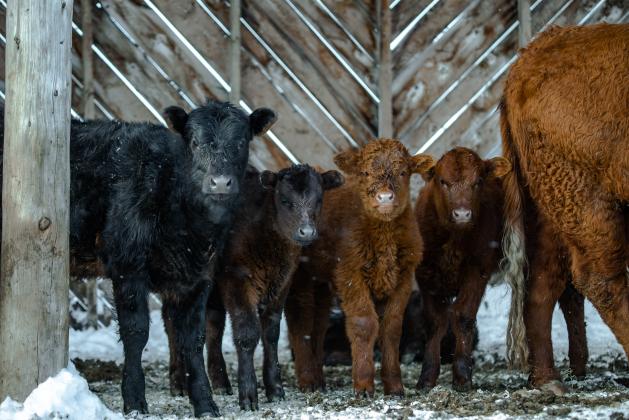Rachael Brooke - Phillips-Rooks District Extension Agent, Agriculture and Natural Resources
Cow herd management - Body condition score (BCS) both spring and fall calving cows. Target BCS for spring calvers: 5 for mature cows, 6 for young females. Adjust nutrition program prior to calving as needed for spring calvers. Ensure fall calvers maintain BCS through winter if still nursing calves. Continue grazing crop residues and dormant pastures, as they are available but be prepared to move cattle or provide supplemental feed as conditions dictate. Be ready to react to severe winter weather effects on cow nutrient requirements by providing additional feed, which may be more challenging this year with a tighter supply of forages. Review your nutrition program and test harvested forages for the following: moisture/dry matter, crude protein, energy (NEm, NEg, and/or TDN), fiber components (ADF, NDF), macro\minerals (calcium, phosphorus, magnesium, potassium, salt), nitrates when appropriate, and starch for silage crops. Manage young and mature bulls during the offseason to ensure bulls are BCS 5 prior to the next season of use and have adequate winter protection.
Calf management - Consider your plans for weaning and marketing fall born calves. Watch the feeder calf market. Evaluate your feed resources and cost of gain. Talk to prospective buyers in advance of selling. Review/update your health protocols as needed for newborn calves. Either consider supplementing fall calving pairs or creep feeding fall born calves to maintain calf performance on low\quality winter forages. Monitor replacement heifers to ensure they are adequately growing and developing, take check weights and adjust your plane of nutrition accordingly.
General Management - Update herd records and use them to assess performance. Review your genetic selection strategy to ensure your goals are met. Develop and/or revise your risk management plans for the coming year. Discuss herd health protocol with your veterinarian. Take inventory of supplies and clean equipment prior to spring calving. Ensure plans are in place to provide bedding, wind protection, and snow removal. Make arrangements to ensure sufficient water is available in freezing conditions. Evaluate your short and long term herd inventory goals with current conditions. Renew lease arrangements, as necessary. For more information, please contact the local K-State Research and Extension Office.
K-State Research and Extension is an equal opportunity provider and employer.

